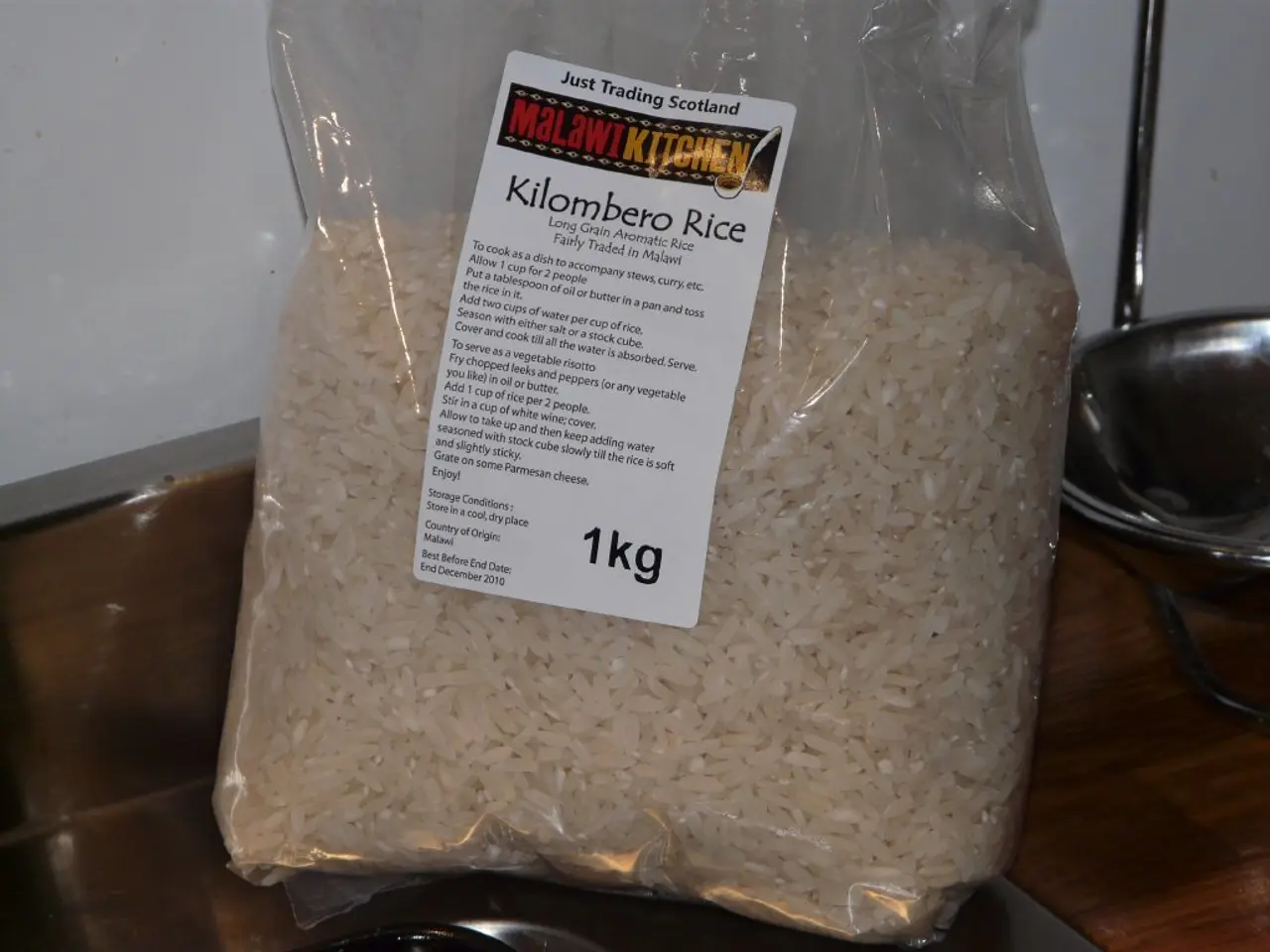U.S. Tariff on Thai Rice Dismissed by Exports, Focus Shifts to Wider Market Obstacles
In the face of a global oversupply of rice and the implementation of a 19% tariff on Thai imports by the US, Thailand's rice exporters are carefully navigating a challenging export environment.
Charoen Laothamatas, president of the Thai Rice Exporters Association, has acknowledged the tariffs as a part of the rules of business in the international market. Despite the new tariff, he stated that Thailand is not at a significant disadvantage compared to its direct competitor, Vietnam, which faces a 20% tariff.
The tariff, a reduction from the initially proposed 36%, is causing concerns within the Association, but Charoen emphasizes the need for a moderate pricing strategy and large volume to maintain competitiveness. He warns that selling rice at high prices could open the door for competitors like Vietnam, which is increasing production and offering cheaper varieties.
The global rice market is experiencing sluggish demand and ample supply, putting pressure on prices and threatening Thailand's ability to raise prices. This oversupply has been driven by factors such as India's lifting of export restrictions and its return to global markets.
Regarding Japan, a significant market for Thai rice exports, there are concerns that the country might reallocate its rice import quota from Thailand to the US. Thailand currently exports around 300,000 tonnes annually of 5% broken white rice to Japan, but jasmine rice exports remain minimal, primarily used in restaurants.
Charoen has expressed concern about Vietnam potentially increasing its rice production tenfold in the future, which could make rice cheaper and lead to a loss of market share for Thailand. Rice, a significant Thai agricultural export to the US, remains Thailand's leading product in the premium jasmine rice market.
The Thai Rice Exporters Association is closely monitoring these trends, recognizing the importance of maintaining their market positions in the face of global market dynamics and the US tariff. Charoen anticipates that the role of free global trade will gradually diminish in the future.
[1] Source 1 [2] Source 2 [3] Source 3 [4] Source 4 [5] Source 5
- The business environment for Thai rice exporters is complex, with challenges posed by global oversupply and tariffs, as well as market dynamics, such as competition from Vietnam and the potential shift in Japan's rice import quota.
- Despite the 19% tariff levied by the US, Charoen Laothamatas, the president of the Thai Rice Exporters Association, underscores the need for strategic pricing and large volume to maintain competitiveness in the finance sector, especially given Vietnam's heavier tariff and increased production.
- The health of the Thai rice industry and its ability to invest in growth are threatened by the sluggish demand and ample supply seen in the global economy, worsened by factors like India's return to the global rice market.




